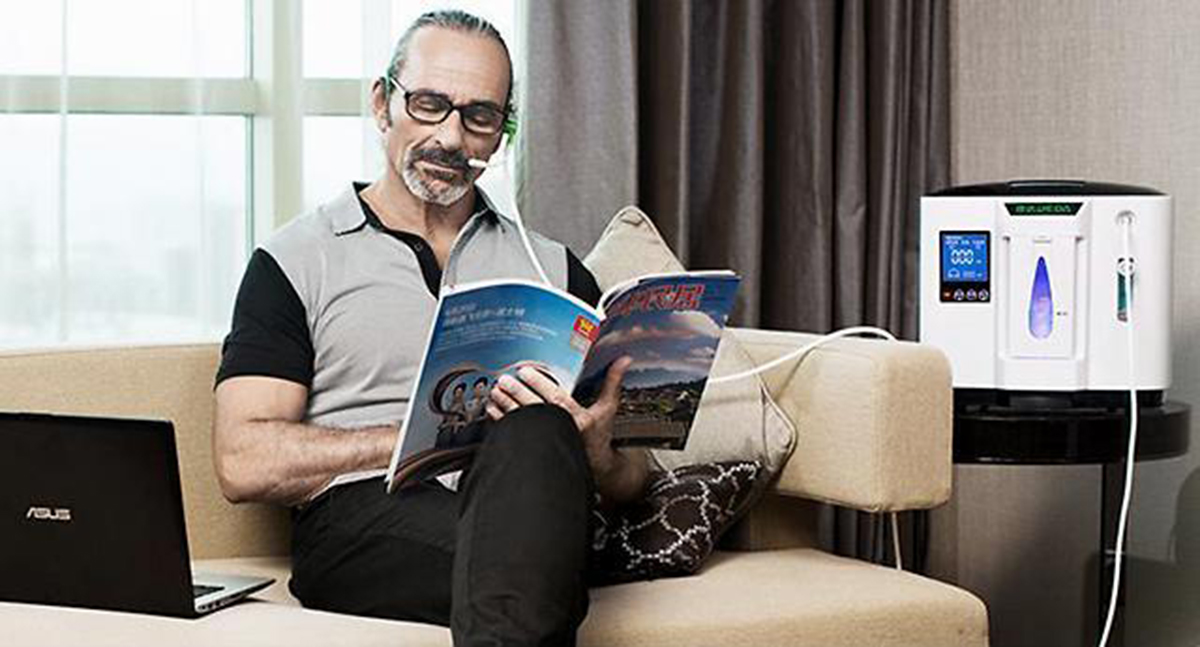Understand Who Are the Application Groups of Oxygen Concentrator?
Oxygen concentrators are essential medical devices that provide supplemental oxygen to individuals with varying degrees of oxygen deficiency. They are designed to cater to different needs based on the severity of the respiratory condition and the duration of oxygen therapy required. Understanding the appropriate use of oxygen concentrators is crucial for ensuring optimal treatment outcomes and patient safety.
1. Introduction to Oxygen Concentrators
Oxygen concentrators are medical devices that extract oxygen from the ambient air and deliver it to the user at higher concentrations. They are commonly used in both clinical settings and home environments to treat respiratory conditions such as chronic obstructive pulmonary disease (COPD), pulmonary fibrosis, and other chronic lung diseases.
2. Determining the Suitable Oxygen Concentrator
The selection of an appropriate oxygen concentrator depends on various factors, including the severity of the respiratory condition, the individual's oxygen requirements, and the duration of oxygen therapy. Different models of oxygen concentrators are available, ranging from 1 liter to 5 liters capacity, each designed to meet specific needs:
- 1 L and 2 L Oxygen Concentrators: These lower capacity concentrators are typically used for mild cases of oxygen deficiency, such as in pregnant women or individuals with mild hypoxemia.
- 3 LOxygen Concentrators: Suitable for individuals with moderate respiratory conditions, including moderate COPD, cardiovascular diseases, and hypertension.
- 5 L Oxygen Concentrators: Recommended for patients with severe respiratory conditions, those requiring continuous oxygen therapy, or individuals with conditions such as severe COPD, pulmonary fibrosis, lung resection, lung cancer, pneumoconiosis, or silicosis.
3. Compatibility with Non-invasive Ventilators
It is essential to consider compatibility with non-invasive ventilators when using oxygen concentrators, as there are differences between home-use and hospital-grade devices. In many cases, oxygen sources need to be separately provided, as the masks used in non-invasive ventilation systems can trap carbon dioxide, resulting in inadequate oxygen delivery to the airway and lungs.
4. Understanding Flow Rates and Oxygen Therapy
The flow rates of oxygen delivered by concentrators vary based on the patient's condition and treatment requirements. For individuals with COPD, low-flow oxygen therapy (1.5-2.5 liters per minute) is recommended to avoid the risk of hypercapnia. However, patients may require prolonged oxygen therapy, with therapy durations ranging from 15 to 24 hours per day.
5. Considerations for Long-Term Oxygen Therapy
For patients requiring prolonged oxygen therapy, such as those with COPD, selecting an appropriate oxygen concentrator is crucial. While 3-liter concentrators may seem adequate for low-flow oxygen therapy, extended usage over 15 to 24 hours per day can significantly impact the compressor's lifespan and increase the risk of machine failure.
6. Advantages of 5 Liter Oxygen Concentrators
5-liter oxygen concentrators are preferred for long-term oxygen therapy due to their higher capacity and durability. Many models are designed for continuous operation, with larger compressor capacities and enhanced performance. Even when operating at lower flow rates (1.5-2.5 liters per minute), 5-liter concentrators offer greater reliability and longevity, making them a safer and more suitable option for patients requiring extended oxygen therapy.
7. Additional Considerations
For users requiring oxygen therapy during sleep, selecting a quiet and high-quality oxygen concentrator is essential to ensure restful sleep and uninterrupted therapy. Many 5-liter concentrators offer advanced features and noise-reduction technology, making them ideal for nighttime use.
8. Conclusion
In conclusion, understanding the application of oxygen concentrators is vital for providing effective respiratory therapy to individuals with varying degrees of oxygen deficiency. Selecting the appropriate concentrator based on the patient's condition, oxygen requirements, and therapy duration is essential for achieving optimal treatment outcomes and improving patient quality of life. With advancements in technology and a better understanding of respiratory care needs, oxygen concentrators continue to play a crucial role in managing chronic respiratory conditions and enhancing patient well-being.
Tel: +86 (0771) 3378958
WhatsApp: +86 19163953595
Company Email: sales@dynastydevice.com
Official Website: https://www.dynastydevice.com
Company: Guangxi Dynasty Medical Device Technology Co.,Ltd
Post time: Mar-17-2024


